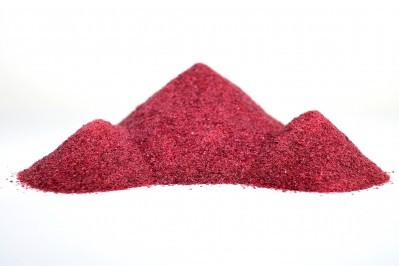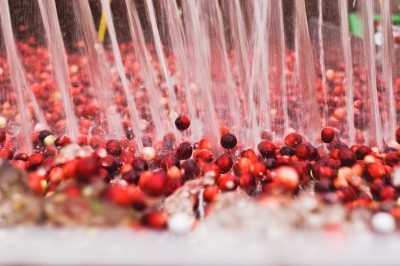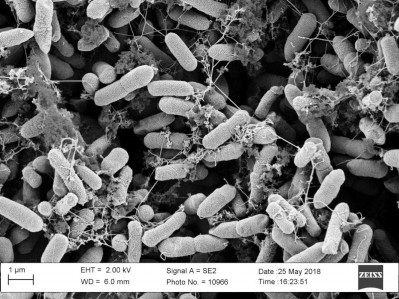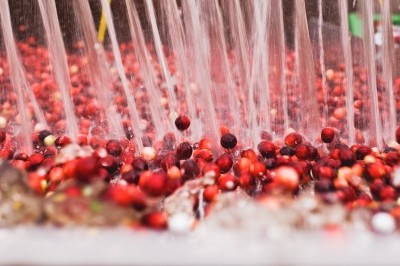Fruit d'Or joins DNA testing effort in move to raise cranberry quality bar
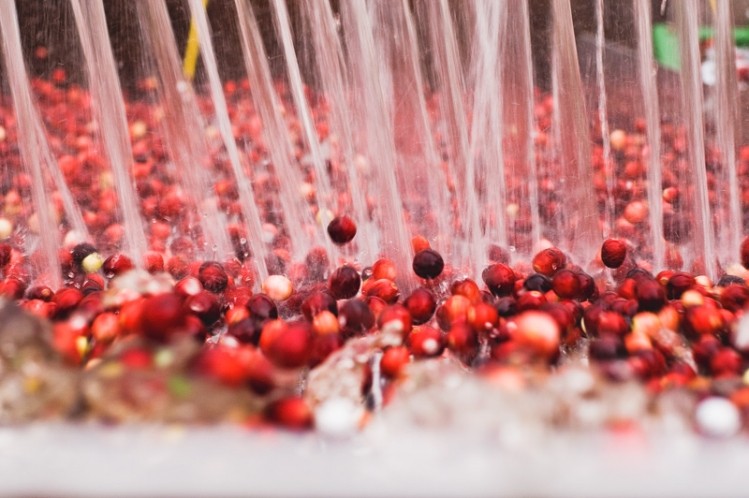
The company is now a Tru ID Certified Partner, meaning it is testing its ingredients via the DNA protocols developed at Guelph via the Natural Health Products Research Alliance. The effort, led by Stephen Newmaster, PhD, is a follow-on to DNA research he has been conducting for a number of years. Some of Dr Newmaster’s earlier work, especially that which formed the basis of New York Attorney General Eric Schneiderman’s attack on the herbal products industry, came under criticism. But since then, the effort has evolved into one of the leading centers of research into the proper use of DNA technology in botanical ingredient identification.
Tests can now be applied to extracts
One of the criticisms of Schneiderman’s attack was that DNA would not be present in extracts, which formed the majority of the products he cited as having little or none of the active constituents stated on the bottles. But that blanket statement—that an extract will contain none of the DNA of the source material—seems no longer to be absolutely true in all cases.
Newmaster’s group recently demonstrated that a more recent add-on to the Tru ID protocol can detect DNA in extracts that can be used for identification of at least one common TCM ingredient, Lonicerae japonicae Flos. This newer technology builds on two components: Using a ‘nucleotide signature’ that is unique to the target species but is much shorter than a common DNA strand, and an easy to use device that should make uptake of the approach in industry easier.
Increasing popularity of cranberry
Reports of adulteration in cranberry ingredients, as has been the case for other botanicals, have followed in lockstep with the rise in the botanical’s popularity. The US is the world’s leading cranberry producer, and tonnage has generally been increasing, though 2017 was a poor crop year.
According the USDA, the US produced 905 million pounds of cranberries last year, down from 962 million the year previously, but still up from the 856 million pounds harvested in 2015. Precise figures for Canada, the world’s second largest producer, were not as readily available, but the country’s harvest has hovered somewhere around 200 million pounds. And Fruit d’Or itself has been expanding its organic cranberry acreage in Quebec, said Stephen Lukawski, director of sales and business development for the supplier.
When Fruit d’Or first started to sound the alarm bell on cranberry adulteration, few within the industry were inclined to listen. The commodity price was fairly low as these things go, and the thought was that higher priced ingredients were more vulnerable to adulteration. But Lukawski said the increasingly globalized nature of the botanical trade is a point of vulnerability for all botanicals. Cranberries might be grown primarily in North America (there’s a smattering of production in Eastern Europe and a bit in Chile). But that doesn’t mean all the processing takes place here.
Raising the quality bar
“Cranberry powder goes off to China. When it comes back, it’s no longer red. It’s brown,” Lukawski said.
“We wanted to take a stand with the rest of companies participating in the Tru ID Certified Partner program against adulteration,” Lukawski said.
“DNA testing raises the bar for entry in the cranberry and botanical business. There is greater pressure for premium ingredients and end-products to verify that the starting materials are authentic and without contamination. This is one more way that we’re making it easier for our customer partners to bring quality products to market,” he said.
Lukawski said that another testing protocol that Fruit d’Or has pioneered in the cranberry field is the use of a MALDI-TOF instrument to precisely characterize the PACs, or proanthocyanidins, within the berry. This screening can detect more sophisticated adulteration in which cheaper marker chemicals have been substituted in to make an understrength ingredient appear to meet spec.
Lukawski said it’s all in an effort to both improve the industry as a whole and to differentiate Fruit d’Or’s offerings in terms of quality.
“Our plan was to raise the quality bar. I think we’ve done that. And then, with the basis of a quality ingredient, the plan was to take cranberries beyond just UTIs (urinary tract infections, the hindering of which is one of the berry’s oft-mentioned benefits) to other indications such as oral health, cardiovascular benefits, skin care and gut health. I think we’ve been successful on that front, too,” he said.
